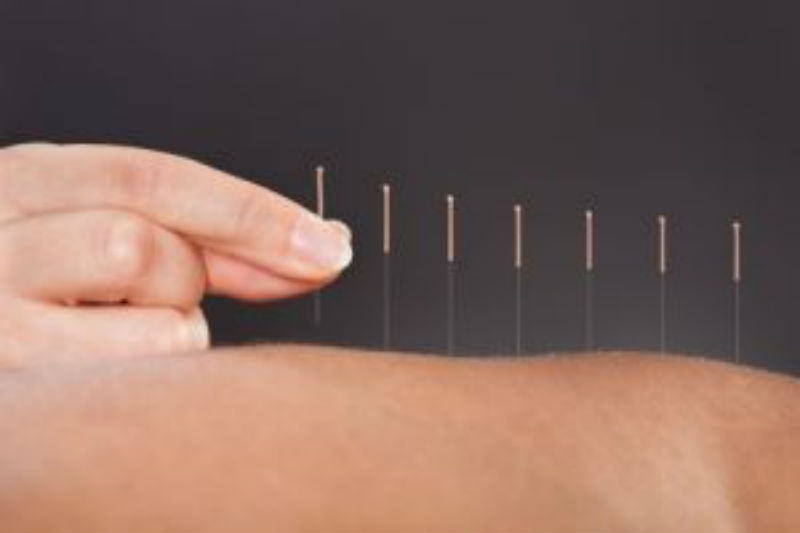An AED, or automated external defibrillator, is a device a bystander can use to treat someone who has gone into cardiac arrest. AEDs analyze and detect abnormal heart rhythms, delivering a jolt of electricity when needed. CPR is still vital because it keeps blood flowing to the brain and heart, but a defibrillator can restore the normal rhythm of the heart.
AEDs are available in many places such as offices, malls, schools and fitness centers, but many people are now buying the devices for home use. Almost 80% of cardiac arrests happen at home, and many believe that having an AED can save a life. Below you will find more information on home-use AEDs, and some tips on determining your need for such a device.
Home AEDs: The Debate Goes On
According to an NIH study done in 2008, a home AED can be effective and safe when used correctly. Critics of the practice argue that there’s no evidence that having a defibrillator in the home can save a cardiac arrest patient’s life. Some believe that a home AED can give people a false sense of security, and encourage delays in calling for medical assistance.
Do You Need a Home AED?
Your physician can help you determine whether a home AED is appropriate for your situation. The only device not requiring a prescription is the Philips Heartstart FRx AED Defibrillator, which can be used in the home. If you or someone in your home is at a high risk for cardiac arrest, having a device in your home can be a life saver. However, those living alone would not benefit from a home AED because there would be no one there to use the device.
Other factors to consider in determining the need for a home AED are physical limitations, budget and beliefs. A home AED can cost more than $1200, and most insurers do not cover them. To use the devices effectively, the operator must be able to squat and rise from that position. Yet another thing to consider is your belief system; some terminally ill people may not want to be resuscitated. Ultimately, the decision is yours.



